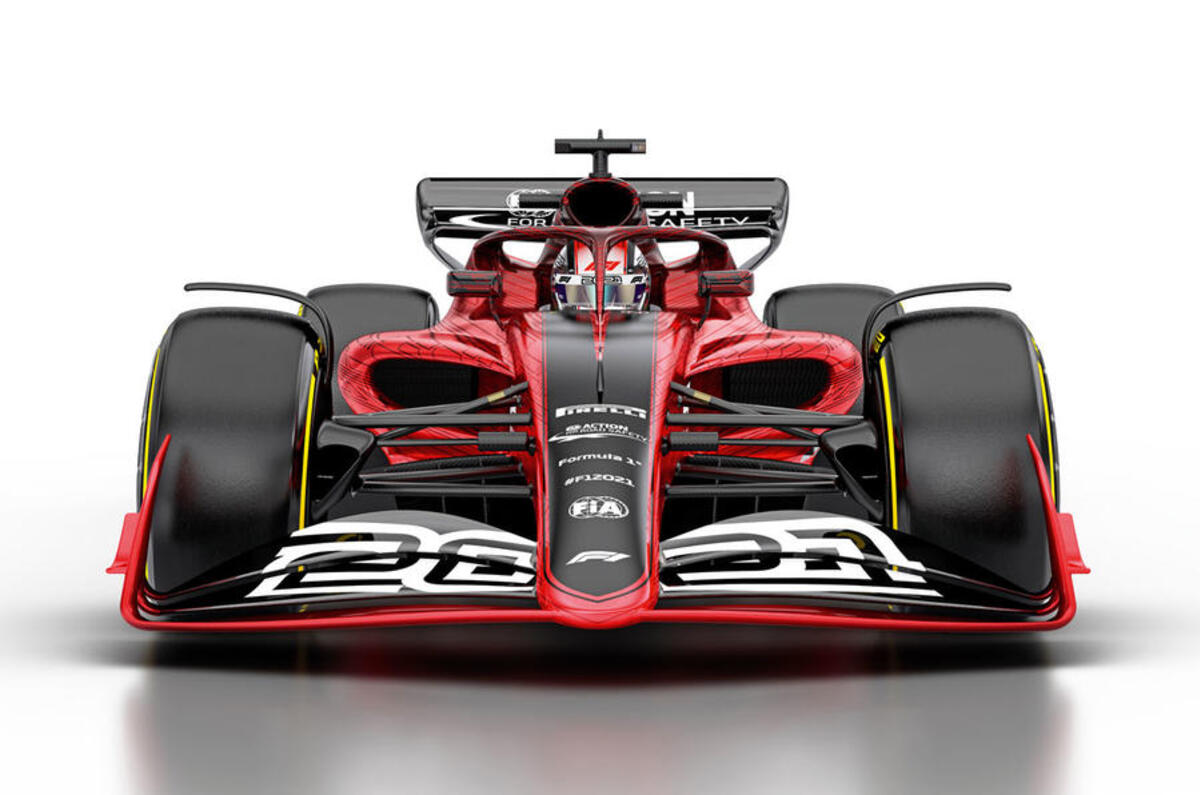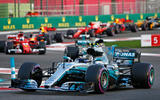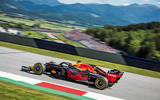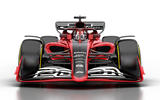The Formula 1 world championship will hit 70 this year and appears to be thriving. Under Liberty Media’s maturing patronage, F1 continues to mesmerise a global audience of a size far beyond any other form of motorsport, and judging by the second half of 2019, even the racing spectacle compares positively with so-called ‘golden’ eras.
But under F1’s pristine veneer are rust patches that could turn to rot in a matter of years. As ever, the whims of car manufacturers and their bigger-picture real-world needs are the source.
Of F1’s four major car makers, two have uncertain F1 futures. Honda, engine supplier to Red Bull and its renamed sibling team Alpha Tauri, is committed only until the end of 2021. The current 1.6-litre V6 hybrid engine regulations remain stable for now, and hopes are high that the Japanese firm will remain beyond next year, but the pressures of road car electrification and fleet emissions targets make any accurate predictions impossible. The same goes for every other car maker. Remember also that Honda has previous form in pulling the F1 plug, doing so with zero notice in 2008.
Then there’s Renault, which returned as a full-blown F1 constructor in 2016 – since when it has failed to score a single podium. The team was even beaten last year by McLaren, which pays for Renault customer engines – for now. McLaren will switch to Mercedes power for 2021.
It’s a bleak picture for the French giant, and team principal Cyril Abiteboul desperately needs an upturn in fortunes. Without one, the company board – now short of ‘wanted man’ Carlos Ghosn, the driving force behind Renault’s F1 investment – might be tempted to scrub through this significant budget line.
And what of Ferrari and Mercedes? It’s still inconceivable to imagine F1 without Ferrari, but in our fast-changing world, little remains truly sacred. As for Mercedes-AMG and its record-breaking team, F1 remains a fertile marketing tool. But for how long before the rule of diminishing returns begins to count? No car maker, other than Ferrari, has remained in F1 for its 70-year duration.











Join the debate
Add your comment
The most.
This is the biggest response to an F1 article I've seen on Autocars Web page, where are you when the season is actually on?
Not thriving
In my circle of friends I think there is one or two who watch F1, the rest have more pressing things to do with their time and/or find it boring. I used to be a fan but not any more.
I also wonder how much longer car manufacturers will invest? It used to be the case of win on Sunday, sell on Monday, as F1 tech filtered down into road cars. But with road cars becomming more electrified, F1 still resolutely ICE, and growing demands to lower the CO2 from our various activities, how much longer will car makers be able to justify their large budgets?
F1 appears to be thriving?
F1 appears to be thriving? Are you serious? Who said it was thriving?
I cannot recall the last time I heard anyone talking about it, or saying they couldn't come for Sunday lunch becuase there was a race on.
I have tried and failed to find anyone amongst my 12 year old son's friends who has the slightest interest or knowledge in it.
It is not surprising with those appalling engines, races in places where nobody cares, and near total lack of free to view TV.